5 Mysteries of Indus Valley Civilization That Paved a Path for Future
Here are some of the mysteries about the Indus valley civilization that would make you think about how the people would have survived in that era.
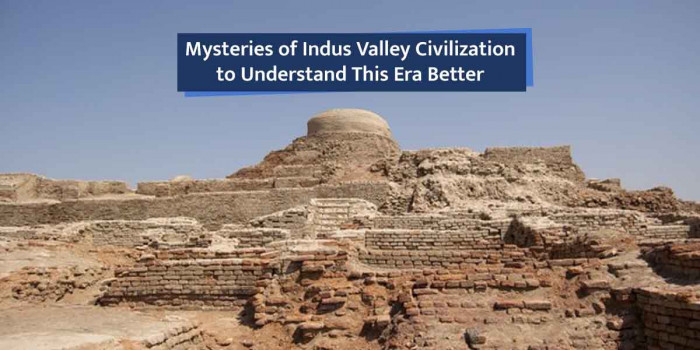
History is full of surprises and mysteries. While it has carvings that baffled many, it also incidents that changed the world. Truly, our ancestors had a vast knowledge about everything. Many bronze civilizations proved as mysterious, and some are yet to be discovered.
Have you ever wondered- from where have the toilets that you use daily come? You would be shocked to know that the invention of the toilet happened during Indus Valley Civilization. It was a Bronze Age civilization that lasted from 3300BCE to 1300BCE.
During that time, the ancient civilization cities were known for water supply systems, baked brick houses, new techniques in handicraft, metallurgy, and urban planning. The houses during this time were made from mud or clay bricks. Still, there are several mysterious carvings found among the ruins of the Indus Valley region.
The Indus civilization covered around 500,000 square mile region along with the Indus River and its tributaries in northwestern India and Pakistan, it included over 10,000 settlements.
Not only scientists, but people of the modern age are still confused with the codes that they used. So here are some brain-cracking codes of the Indus valley civilization that would make you think twice about that era.
1.The Inventor of Sanitary Hygiene
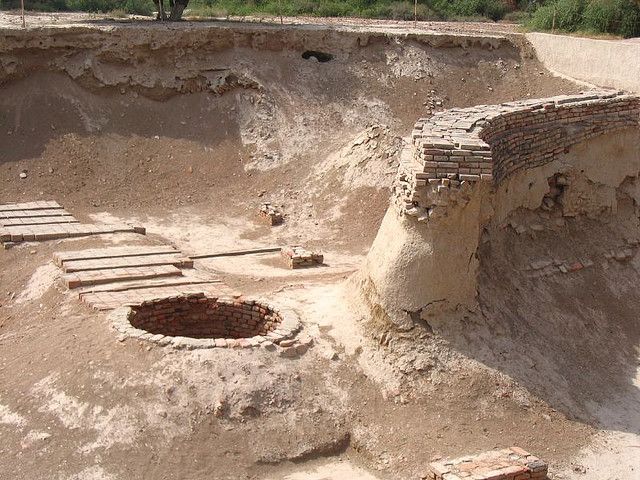
The urban areas of civilization had private and public bathrooms. Drains from houses were joined to wider public drains.
The evidence of urban sanitation was observed in Harappa. It included the first urban sanitation systems. People obtained water from wells.
A separate room was kept for bathing, and from there, the wastewater was collected to covered drains. The toilet holes were flushed by emptying the water that is drawn from the house’s central well through a brick pipe. The flush toilets are one of the clever inventions by Indians.
2. Board Game from the Indus Valley Civilization
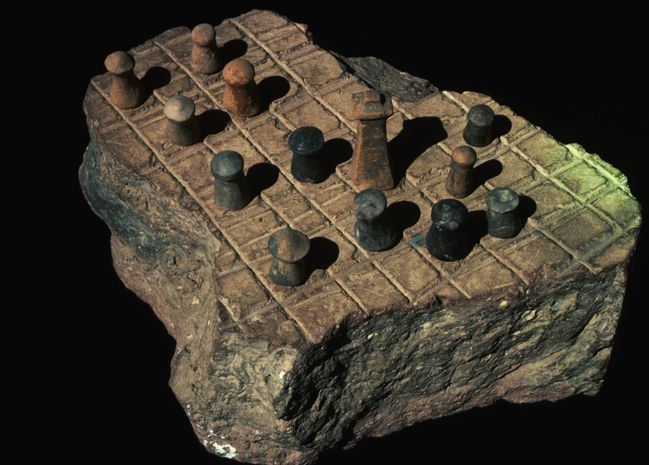
Nowadays, everyone is fascinated with video games and online games, but back in the ancient times, people used to play board games. The dice that you use today to play snakes and ladders and ludo were invented during excavations at Harappa between 1995-2001.
The games involving dice are mentioned in Atharvaveda and Rigveda. The clay of which the dice were made was light red, baked, and coated with a red wash. It was thrown on a soft surface or the dusty ground.
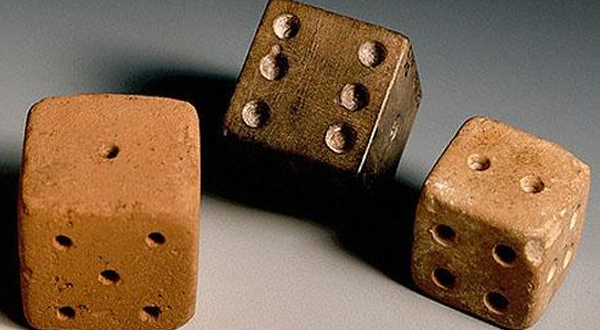
Not only this, but games like javelin throw, shot put, and discus throw have originated from this period. The forms of games that we see or play today are thousands of years old. Also, their existence proves that ancient people gave equal importance to games then.
Games that involved gambling were common in Mughal court. A few games that were commonly played during that time are Navakankari, Tiger & Goat, Pancha Keliya, Mancala, and more.
3. Remains of the Indus Valley Civilization
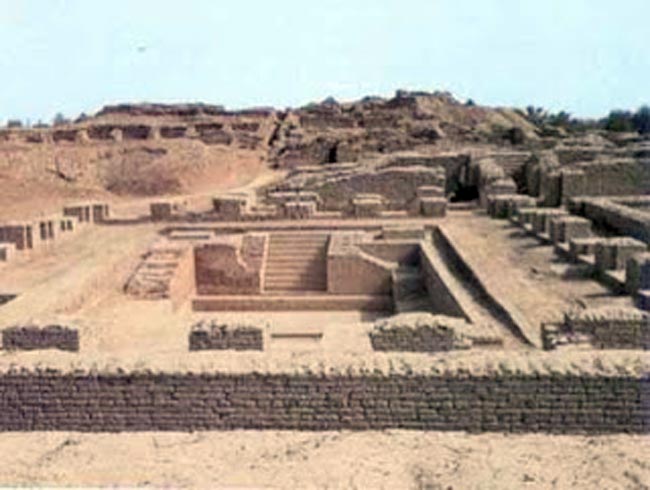
Lothal is best known for the discovery of the remains of Indus Valley civilization. It is located between the Sabarmati River and its tributary Bhogavo. Discovered in 1954, the city was excavated from 1955-1960 by the Archaeological Survey of India. It is believed that Lothal had the world’s earliest dock. The archaeologists unearthed the western and the eastern flanks of the mound.
Lothal was not only known for rice-growing areas and cotton, but also the bread-making industry. The area of Lothal was divided into several blocks made on sun-dried bricks. Some of the houses had bathrooms, 4-6 big rooms, and verandah. Lothal was a busy area that imported copper, chisels, and ornaments.
The archaeological museum in Lothal was designed in 1976, and it hosts the most striking artifacts that were found during the excavations. You can see beads, terracotta ornaments, copper and bronze objects, and other fascinating objects. See more archaeological methods used for research.
4. The Uniqueness of Rakhigarhi That Fascinated the Archaeologists from Around The World
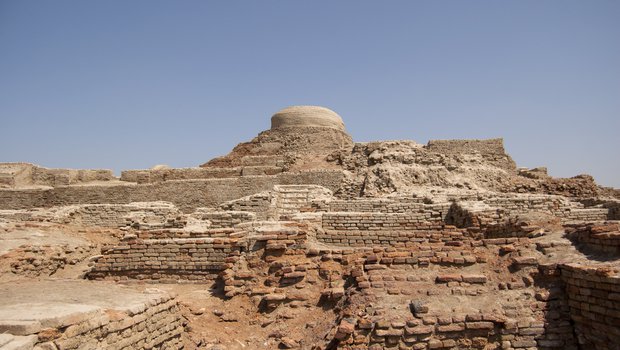
Rakhigarhi is the site of pre-Indus Valley civilization that settled back in 6500 BCE. It is located in the Ghaggar-Hakra river plain. Besides Rakhigarhi, several archaeological sites are popular in this area. Some of which may include, Bhirrana, Kunal, Banawali, and more. The size of Rakhigarhi has attracted the archaeologists from around the world. Its size indicates the area of Indus Valley Civilization and some of its site is still awaiting excavation.
It was in 2012 when the Global Heritage Fund declared the site as one of the ten endangered heritage sites in Asia. The ASI’s excavation of the site recovered and revealed artifacts over 5000 years old. They found a drainage system, bronze, and other precious metals, gold, paved roads, terracotta bricks, and semi-precious stones. Maori is another civilization with its unique traditional art of carving stones and artifacts.
5. Indus Script - The Earliest Form of Writing in the Indian Subcontinent
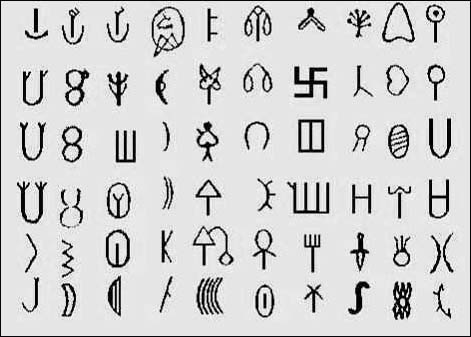
The Indus Script consists of the symbols produced by the Indus Valley Civilization. Unfortunately, there is no bilingual inscription to understand the script. It is one of the earliest forms of writing recognized in the Indian Subcontinent.
The origin of the Indus Script is not known, and there is no agreement on the symbols and language it represents. Maybe this is the reason why Indus Valley Civilization is the least known civilizations of history.
Final Words
Indeed! Ancestors have given us several things that we might not have discovered until today. And with the help of archaeology anthropology, we can discover more about artifacts and physical remains. Do you know anything more about Indus Valley Civilization? If so, then don’t forget to share it with us.
Popular Posts
Top 10 Sharpest & Deadliest Swords In History
In classic mythological movies, books and television, we’ve seen those audacious sword-wielding heroes smiting the enemi...
Augustus Perez
List of Water Deities from Different Mythologies
Water deities are the gods and goddesses who had the powers to control the elements of water and ruled over all the fresh and saltwater of the earth. Here’s a list of water deities from different mythologies.
Rishika Gupta
Winged Lion: The Terrifying Mythical Creature In Different Mythologies
A mythological creature, a winged lion dates back to ancient times. This flying lion-like creature has origins in Heraldry, Christianity, Mesopotamian, and Greek mythologies.
Ethan Stephans








